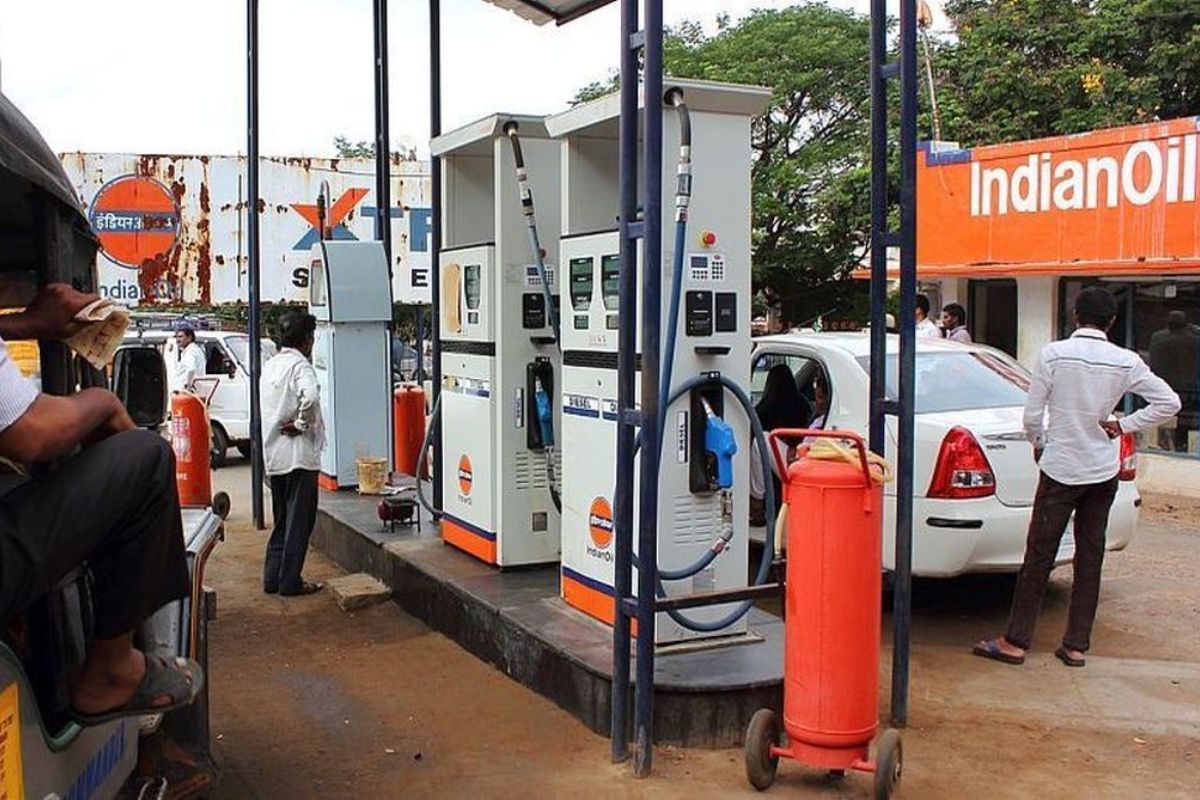Bike-borne assailants fire at fuel pump in North East Delhi
The cops suspect an old village level rivalry of the fuel pump owner in the incident
The Chhattisgarh government has partnered with leading petroleum companies to set up Pollution Under Control (PUC) centers at petrol pumps across the state. This initiative aims to streamline pollution certification, improve compliance, and contribute to cleaner air.

Representational Image. (Photo: Getty Images)
The Chhattisgarh government has partnered with leading petroleum companies to set up Pollution Under Control (PUC) centers at petrol pumps across the state. This initiative aims to streamline pollution certification, improve compliance, and contribute to cleaner air.
The decision was taken following Chief Minister Vishnu Deo Sai’s directive on February 4, 2025, emphasizing the need for convenient and effective pollution monitoring.
Advertisement
Acting swiftly, Transport Secretary and Commissioner S Prakash and Additional Transport Commissioner D Ravishankar chaired a high-level meeting on February 7, 2025, engaging senior officials from Indian Oil, Bharat Petroleum, Hindustan Petroleum, and Reliance Industries.
Advertisement
Under this agreement, petrol pumps will host PUC testing centers, ensuring quick and hassle-free emission certification for vehicle owners. This move is aligned with National Green Tribunal (NGT) guidelines and Central Government pollution control policies, marking a decisive step in Chhattisgarh’s clean air initiative.
Senior industry representatives at the meeting included Upendra Giri, Chief Manager, Indian Oil Corporation, B. Devkumar, Chief Manager, Bharat Petroleum, Shreyas Gupta, Manager, Reliance Industries Limited and Gautam Kumar, Chief Manager, Hindustan Petroleum. Their collective support underscores a strong public-private collaboration for environmental sustainability.
The integration of PUC facilities at fuel stations is expected to eliminate inconvenience for motorists by offering pollution checks at commonly visited locations, ensure higher compliance with emission norms to reduced vehicular pollution and Strengthen public health safeguards by minimizing air pollution risks.
Advertisement